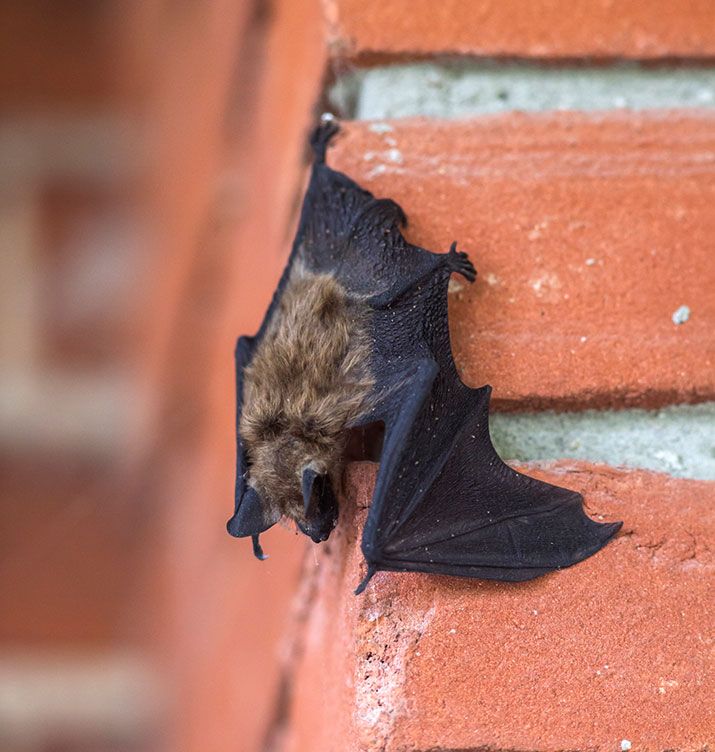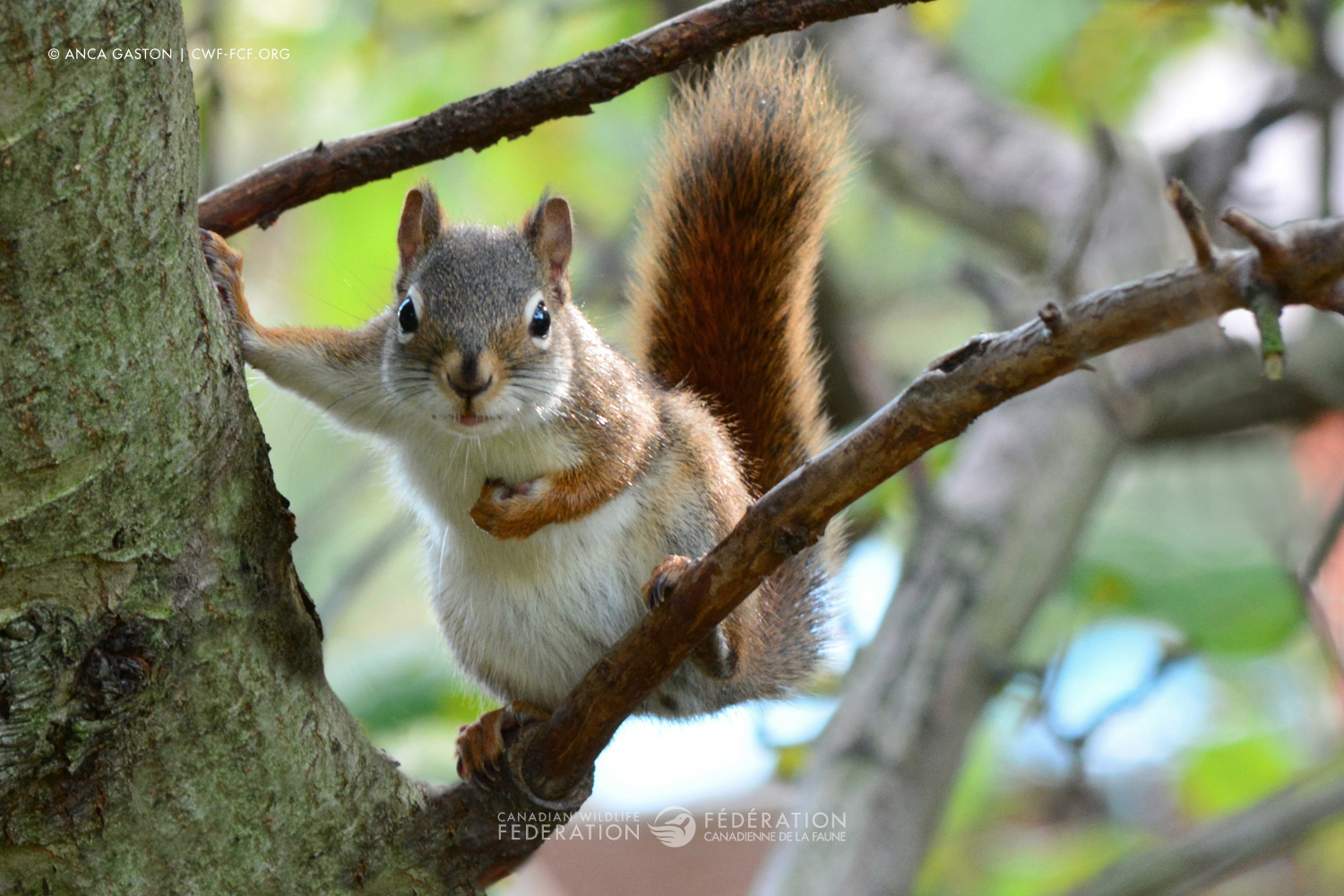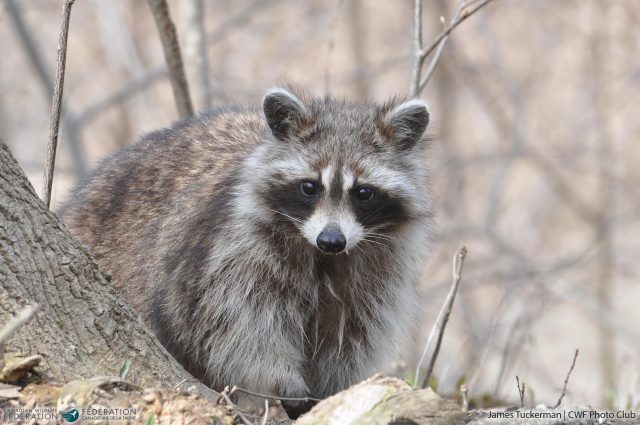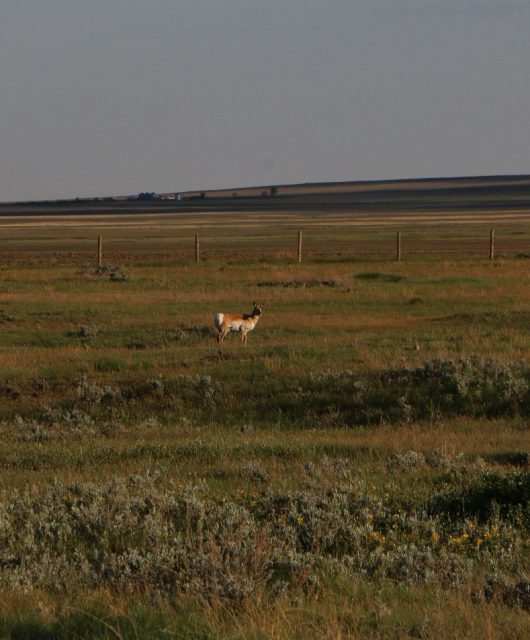As the cooler weather arrives, we’re busy prepping for the onset of fall and winter.
Perhaps we’re putting away patio furniture, stacking wood or draining pools. We’re not the only ones prepping though! Many wildlife species are migrating, building up fat reserves, storing food, even accessing our homes for a warm, dry spot to get through the colder weather.
Mice
Mice only need a space about the size of a dime to gain access and are pretty crafty at getting in. Space around utility pipes, dryer vents, roof vents, and the common wall between the house and garage are common access points.
Check the outside of your foundation too for any cracks. Use copper or stainless-steel scouring pads to stuff into small openings, for larger areas – use ¼ inch welded wire mesh to screw or nail over/around any openings. Keeping food properly stored will also help keep mice away.
Bats

In the event that bats are discovered in your attic, this is good news! Bats make great neighbours, eating mosquitoes and other nighttime insects, they don’t chew your home or wires the way mice might and unlike mice, they only have one pup per year so the numbers won’t increase dramatically. Bats in an attic are most certainly one of two species: the Endangered Little Brown Bat or the Big Brown Bat, both of which will roost in colonies of varying sizes – often only a handful of bats but sometimes dozens. Both species will typically head to nearby caves to hibernate for the winter months but sometimes a colony of Big Brown Bats will choose to stay put in an attic. Many people coexist peacefully with bats in an attic, but for those who would like to safely relocate them, eviction isn’t recommended starting in October. Bats won’t have time to find an alternative over-wintering site. Instead, they will likely attempt to re-enter the attic or will freeze on the exterior walls. Come March, eviction might be possible as temperatures start to warm up. You only have a small amount of time though! When May swings around, your eviction will have to be put on hold again as it’s birthing season. It becomes too risky to evict and do the proper animal proofing – you could trap pups inside. Click here for more information regarding bats in buildings.
Squirrels

Squirrels will also escape the harshness of winter in attics. To prevent their access, take a look around your home paying special attention to your vents – roof, gable, and wall – as well as your roof edge (where your eavestrough meet your house) and the roof-soffit intersection (especially where two roofs meet). These are often made of materials that can be easily chewed by squirrels, giving them access. Make sure these areas are in good shape. If animal proofing needs to be done, use 1” welded wire mesh for grey squirrels and ½” welded wire mesh for red squirrels, with both between 16-19 gauge to secure over any vulnerable areas.
Raccoons

And we can’t forget about raccoons. They’ll also use roof vents, roof edges and the roof-soffit intersection to gain access. What can you do? Use 16 gauge, 1” welded wire mesh to secure over any weak spots. Trimming branches away from your roof will also help to keep raccoons from gaining access.
There are a few points to keep in mind:
- If you are uncomfortable being on a ladder or the roof, hire a trusted and reputable company
- Make sure there are no animals in your attic before you do any kind of animal proofing
- Don’t impede air flow through your vents
- Keep all potential food sources secure to help keep animals from being attracted to your property





